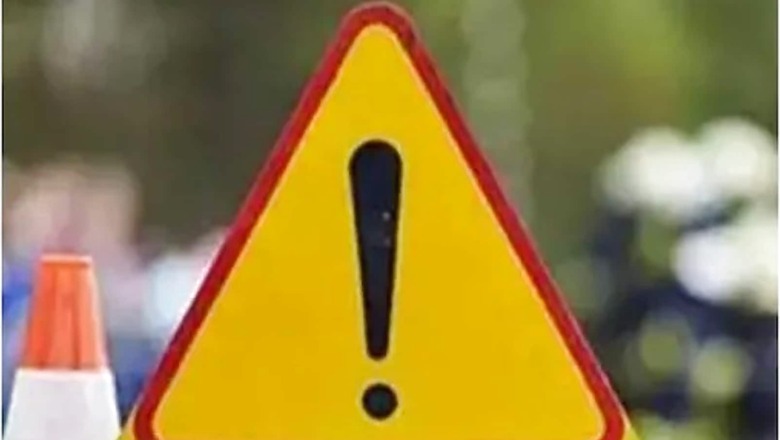
views
Apart from getting the mechanical understanding of driving a vehicle right, it’s also necessary to know and follow traffic rules for a safer driving experience. The traffic signs on the road communicate rules and guide drivers about their approaching path. Anyone applying for a driving licence first needs to establish that they understand the communication made through signs and boards on the road. The traffic department holds a separate theoretical test for this purpose. The traffic signs in India are broadly categorised into three groups include Regulatory signs, Warning signs and Informative signs. In this article, we try to understand and decode the meaning of these signs for you.
Regulatory Signs
These signs are used to ensure free movement of traffic on the road and are mandatory in nature. Failure to follow these signs while driving may warrant a penalty from the traffic police. Regulatory signs include Stop, turn prohibition, overtaking prohibition, no parking indicators, speed limit indicator and compulsory turns on a particular road
Cautionary sign
Usually depicted with a red triangle border with a smaller black graphic, cautionary signs indicate possible dangers ahead in the driver’s path. This includes warnings of turn, curves; lane transition, pedestrian crossing, cycle crossing, and slippery road among many others. While cautionary signs do not have a provision of fines, they are important for the safety on the road as they inform us about the possible dangers.
ALSO READ: Saleen Teases Electric Supercar Plans with Slick Video Promo: Watch Here
Informatory sign
As the name suggests, Informatory signs inform passengers about the destination, distance, hospitals, petrol pumps, parking directives and resting place in their way. Keeping a track of these signs help passengers navigate through traffic and know when to stop for rest and other things in advance.
Also Watch:
Traffic signs are usually available in round, triangle, octagon and rectangular shapes denoting unique messaging. While round shapes are generally used for regulatory signs, triangles are used for cautionary signs. Similarly, the octagon shape is reserved exclusively for the Stop sign where information signs follow rectangular shapes.
Just like the shape, there are different colours reserved for different purposes on signboards. For example, while Red in traffic signs is used to indicate rules and possible dangers, Yellow is used to indicate the vehicle to slow down. The green colour is used in signs for information regarding the distance toward a destination. Similarly, Blue is used with a rectangular shape to indicate a destination nearby. For regulatory signs, the combination of blue colour and round shape is commonly employed.
Read all the Latest Auto News here


















Comments
0 comment